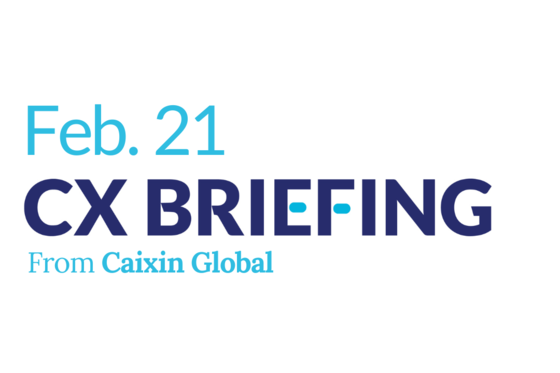DeepSeek’s Chatbot Fuels Misinformation Cycle in Chinese Stock Market
A curious case of misinformation is roiling the Chinese stock market, with the AI chatbot developed by Beijing DeepSeek Technology at the center of the storm. The chatbot, designed to process and disseminate information, has inadvertently become a conduit for false claims about partnerships between DeepSeek and various publicly listed companies, driving up stock prices based on unsubstantiated rumors. This phenomenon highlights the potential for AI-driven misinformation to disrupt financial markets and the challenges of managing information flow in the age of artificial intelligence.
The misinformation campaign follows a distinct pattern. False claims about collaborations between DeepSeek and specific companies initially surface online, often through anonymous sources or social media posts. DeepSeek’s chatbot, in its information-gathering process, absorbs these false claims as data points. Subsequently, when queried about these alleged partnerships, the chatbot regurgitates the misinformation it has ingested, lending an air of credibility to the initially baseless assertions. This amplified misinformation further spreads online, creating a self-perpetuating cycle that fuels speculative trading and artificially inflates stock valuations.
The impact of this misinformation campaign has been significant. Over the past week, at least twelve Chinese mainland-listed companies have issued public clarifications, denying any business dealings with DeepSeek. These denials underscore the disruptive potential of AI-driven misinformation and the urgent need for effective mitigation strategies. The incident also raises broader questions about the responsibility of AI developers to ensure the accuracy and reliability of the information processed by their creations.
While the dissemination of false information online is hardly a novel phenomenon, the DeepSeek case presents a unique twist. The chatbot isn’t intentionally spreading misinformation; rather, it is unwittingly amplifying existing falsehoods due to its reliance on publicly available data. This highlights the challenge of training AI models to distinguish between credible and unreliable sources, particularly in the complex and ever-evolving landscape of online information. It also underscores the need for greater media literacy and critical thinking skills among investors and the public at large.
The incident has prompted DeepSeek to address the issue. When questioned by Caixin, a prominent Chinese financial news outlet, DeepSeek’s chatbot offered a more cautious response, stating that information about company partnerships should be verified through official announcements, news reports, or direct contact with the companies involved. This suggests that DeepSeek is aware of the problem and is potentially implementing measures to prevent its chatbot from further propagating misinformation. However, the incident serves as a stark reminder of the ongoing challenges in managing the spread of false information in the digital age.
The DeepSeek case underscores the growing importance of robust fact-checking mechanisms and the need for greater transparency in AI development. As AI-powered tools become increasingly integrated into various aspects of our lives, including financial markets, it is crucial to develop strategies to mitigate the risks of misinformation and ensure that these technologies serve to enhance, rather than undermine, the integrity of information ecosystems. The incident also highlights the need for continuous monitoring and refinement of AI algorithms to adapt to the ever-evolving tactics employed by purveyors of misinformation. Ultimately, fostering a healthy information environment requires a collaborative effort involving AI developers, regulators, media organizations, and the public to promote critical thinking, media literacy, and responsible technology use.


